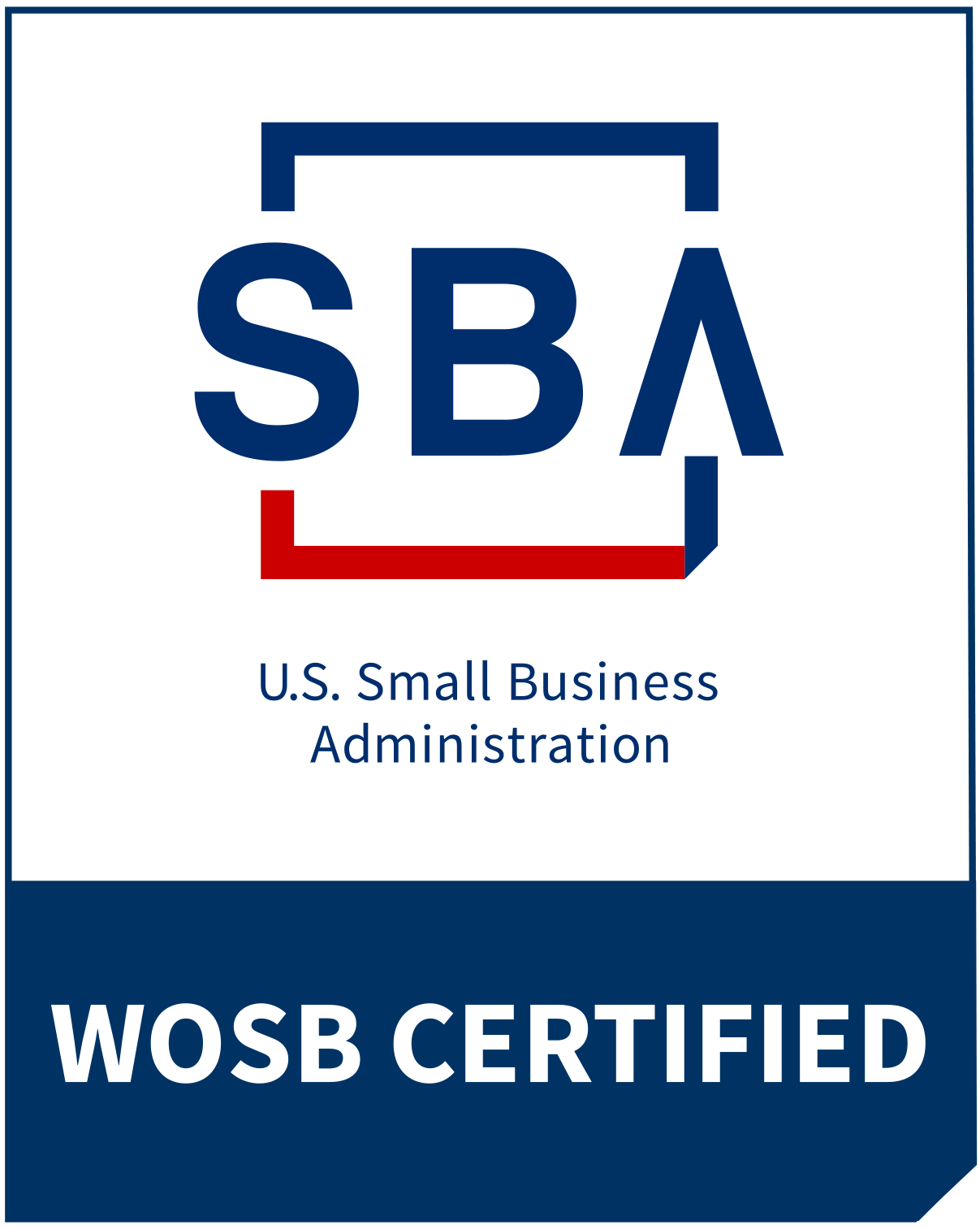
Most of us know the phrase “birds of a feather flock together” means that people sharing common beliefs, interests, aspirations and traits tend to link up with one another in the same way birds of the same species flock together. In the same way, most of the organizations we’ve been a part of tend to take on a flock-like mentality. Within the organizational flock, there’s a culture, a way of life. A leader and expected order, everyone falling in-line and moving forward together. There’s efficiency in that.
But, when starting something new, entrepreneurial leaders need to break from the flock. It just makes sense…it’s second nature. When starting something new, most of what we know to be true about the flock is right. But, while it might be right for the core business, it may not be for what we’re setting out to do. A major barrier to successful inside entrepreneurship is the gravity that pulls us into the incumbent business model — based on the historical success of the core business. The measures, the planning, the policies, the procedures, the ways we assemble teams, how people are compensated and the type of people we hire.
Why is this bad? Because the new business, product or service we’re developing and launching is fundamentally different than the old business. If it’s new to the organization, there’s no precedent for success. Our goal in launching something new is to learn as fast as we can based on good guesses tweaked over time. Not to execute an already-used plan. It’s not that the organization is wrong, it’s just that applying the predominate mind-set of the flock (core business) to anything new greatly diminishes any chance of lasting success. When doing something new, we need to break away from the flock and take a new direction. And we must do it in a way that respects the core business. Here are a few ideas:
- Start with a blank slate: Intentionally disregard what the organization has always done. Metrics, business models, …
- Look outside your organization: and pull in analogs from other industries…Get out and talk to other people and learn from other organizations.
- Be accountable to results where it’s reasonable: It’s okay to be measured for results if there’s historical data behind things — some elements will certainly have benchmarks that can gauge your success.
- Be accountable to actions and learning in newer areas: For strategies and deliverables with no historical context, make sure you manage or are managed for actions and learning – not results.


